The world’s largest retailer—Wal-Mart Stores Inc.—may have ended 2009 on a high, but the company’s muted sales projection for this year evokes a rocky start to 2010, with continued questions over consumer confidence.
Wal-Mart shares fell 1.09 percent to $53.47 on the New York Stock Exchange on Thursday.
“U.S. sales will be more challenging in the first quarter, as Wal-Mart U.S. cycles through strong year-over-year comparisons and deflation,” Chief Executive Officer Mike Duke said in a company statement. “We remain focused on growing top-line sales and expect improvement in the United States as the year progresses.”
The discount department chain store was established in 1962, and is the largest private employer and grocery retailer in the United States with satellite operations with different brands in countries including Japan, India, and China. The economic downturn resulted in sales gain for Wal-Mart primarily due its competitive low pricing when consumers were tightening their belts.
U.S. retail purchases have increased 0.5 percent, the third gain in the last four months, according to figures released by the Commerce Department. However, the Reuters/University of Michigan consumer sentiment barometer showed a drop to 73.7 from 74.4 in January 2010.
According to Nariman Behravesh, chief economist at IHS Global Insight, who projected the rebound in sales and setback in confidence, “The good news is that consumers are still spending even though they are worried … spending is decent enough to provide a foundation for growth. For now, this is going to be a business-led recovery.”
Issues that are haunting the retail giant include U.S. Consumer Product Safety Commission, which had been testing for cadmium in children’s metal jewelry for several weeks in response to an Associated Press investigation that discovered high levels of the known carcinogen in Disney movie-themed pendants and other children’s metal jewelry imported from China.
Furthermore, in reaction to AP’s reporting earlier this month, Wal-Mart had pulled three items from its shelves, including two product recalls in January. In the first week of February, 300 administrative jobs at its Bentonville, Arkansas, headquarters were cut, in addition to a previously announced 14,000 job cut over the last 13 months.
Company officials alerted investors in October 2009 of cost cuts so it can lower prices for shoppers and in turn boost sales. Also, Wal-Mart’s U.K. ASDA chain posted its lowest quarterly sales growth in about two years, citing a heavy focus on limited-time price promotions. ASDA is the No. 2 grocer in the U.K.
Wal-Mart shares fell 1.09 percent to $53.47 on the New York Stock Exchange on Thursday.
“U.S. sales will be more challenging in the first quarter, as Wal-Mart U.S. cycles through strong year-over-year comparisons and deflation,” Chief Executive Officer Mike Duke said in a company statement. “We remain focused on growing top-line sales and expect improvement in the United States as the year progresses.”
The discount department chain store was established in 1962, and is the largest private employer and grocery retailer in the United States with satellite operations with different brands in countries including Japan, India, and China. The economic downturn resulted in sales gain for Wal-Mart primarily due its competitive low pricing when consumers were tightening their belts.
U.S. retail purchases have increased 0.5 percent, the third gain in the last four months, according to figures released by the Commerce Department. However, the Reuters/University of Michigan consumer sentiment barometer showed a drop to 73.7 from 74.4 in January 2010.
According to Nariman Behravesh, chief economist at IHS Global Insight, who projected the rebound in sales and setback in confidence, “The good news is that consumers are still spending even though they are worried … spending is decent enough to provide a foundation for growth. For now, this is going to be a business-led recovery.”
Issues that are haunting the retail giant include U.S. Consumer Product Safety Commission, which had been testing for cadmium in children’s metal jewelry for several weeks in response to an Associated Press investigation that discovered high levels of the known carcinogen in Disney movie-themed pendants and other children’s metal jewelry imported from China.
Furthermore, in reaction to AP’s reporting earlier this month, Wal-Mart had pulled three items from its shelves, including two product recalls in January. In the first week of February, 300 administrative jobs at its Bentonville, Arkansas, headquarters were cut, in addition to a previously announced 14,000 job cut over the last 13 months.
Company officials alerted investors in October 2009 of cost cuts so it can lower prices for shoppers and in turn boost sales. Also, Wal-Mart’s U.K. ASDA chain posted its lowest quarterly sales growth in about two years, citing a heavy focus on limited-time price promotions. ASDA is the No. 2 grocer in the U.K.
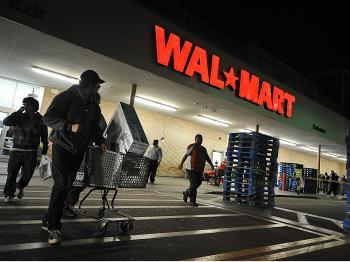
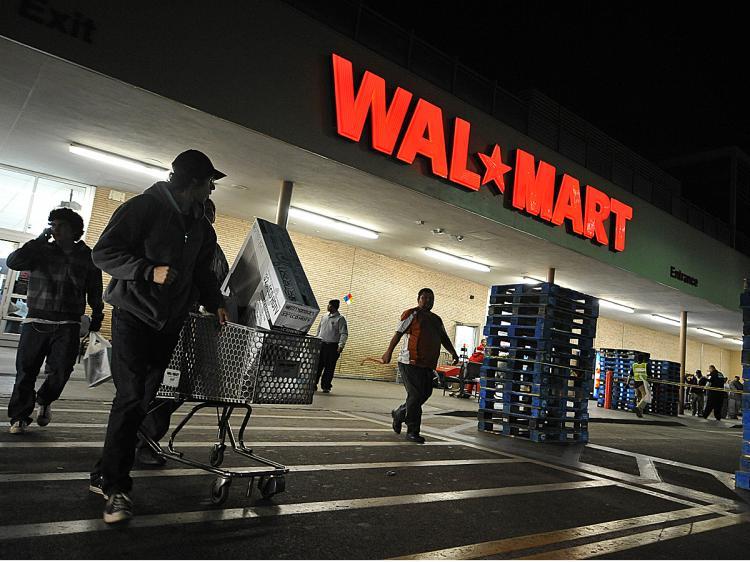
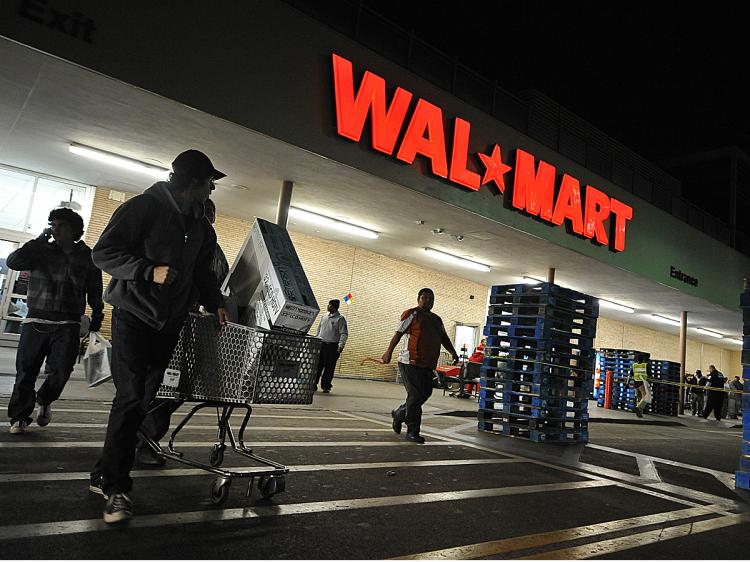

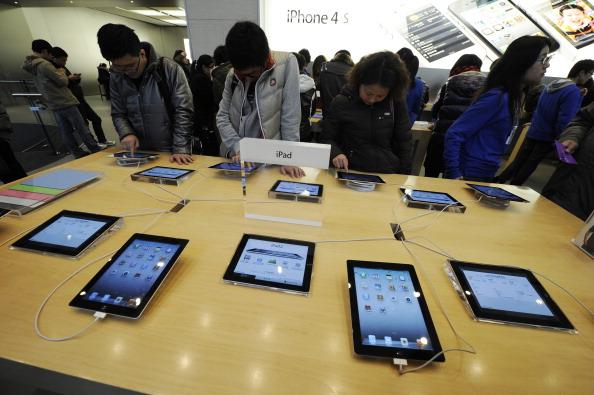
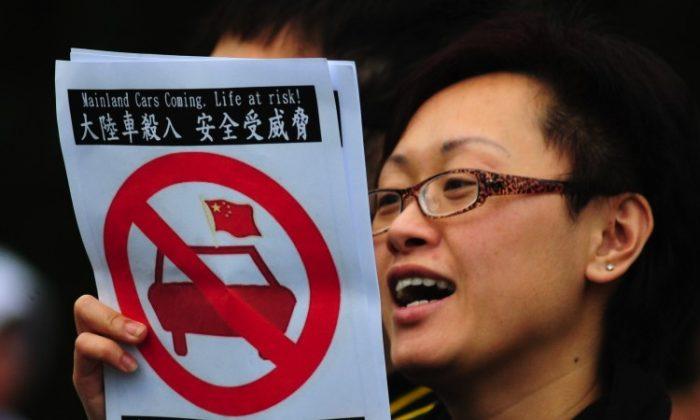
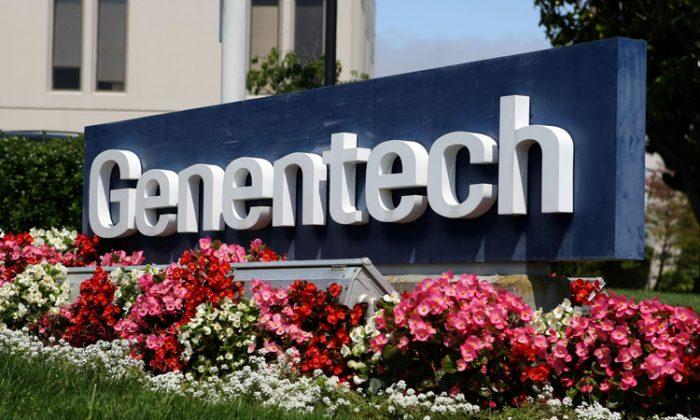
Friends Read Free